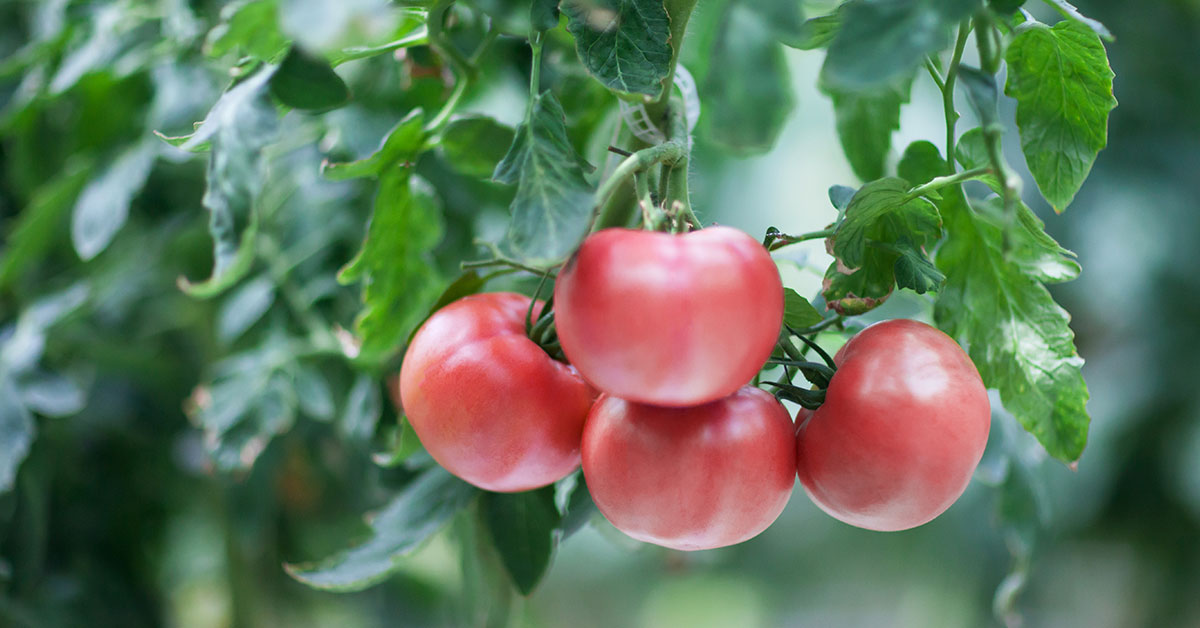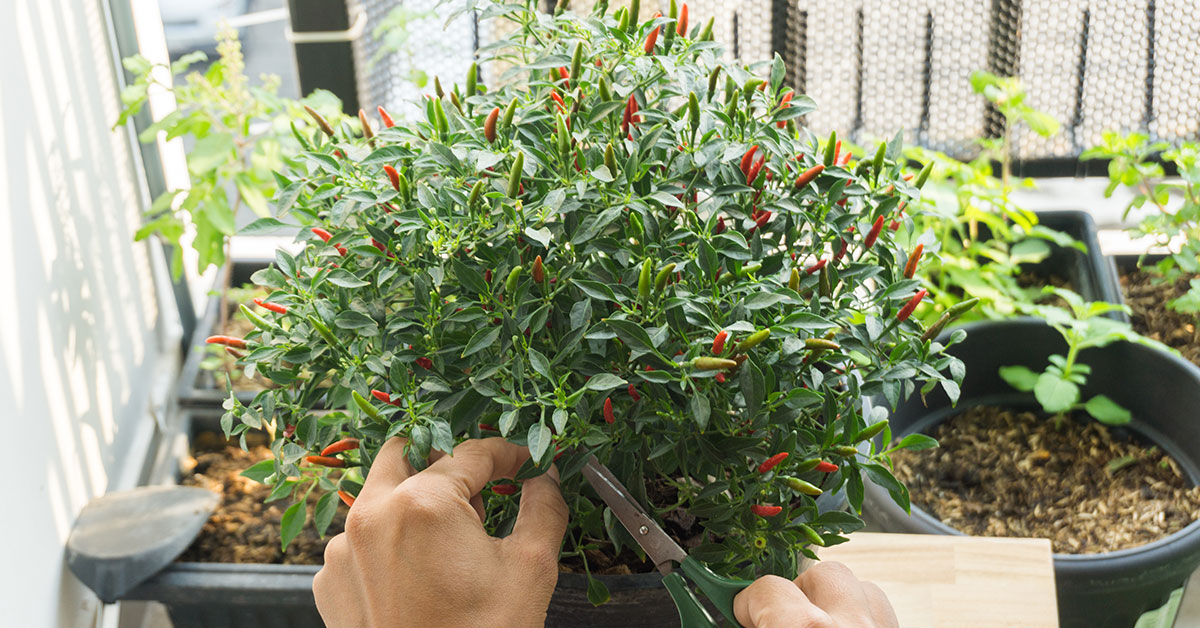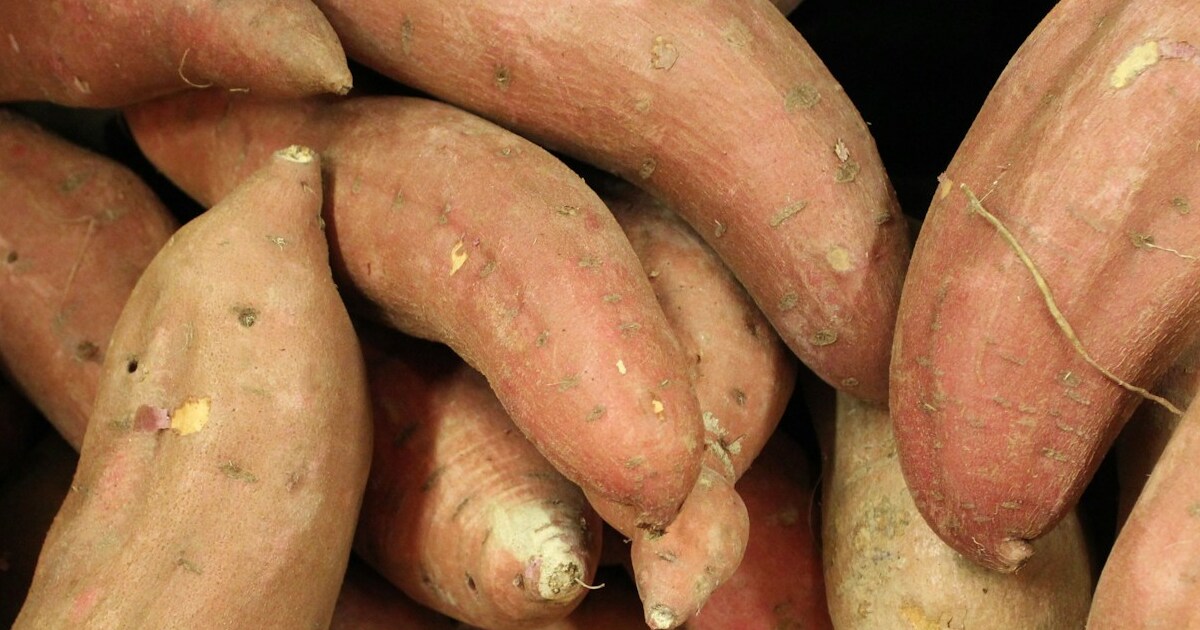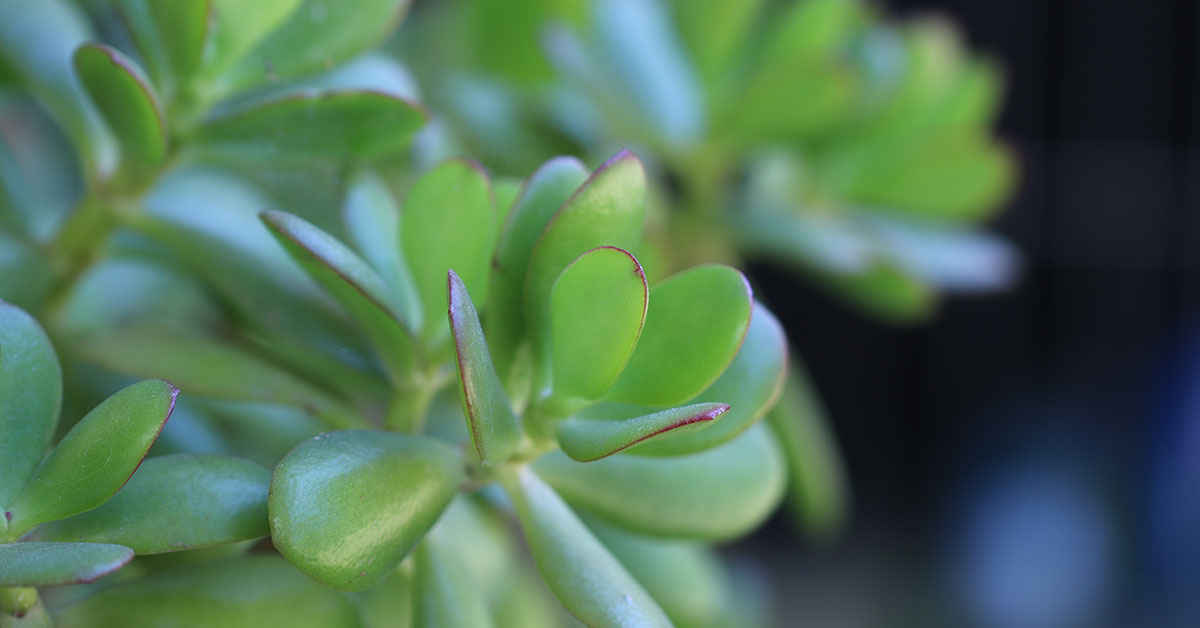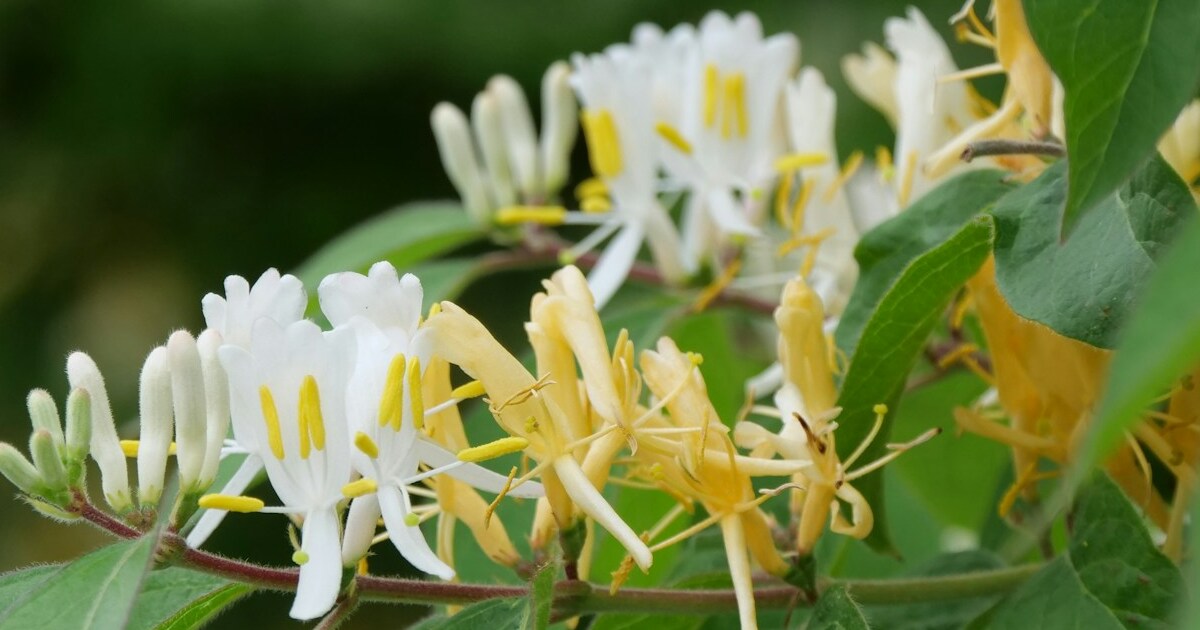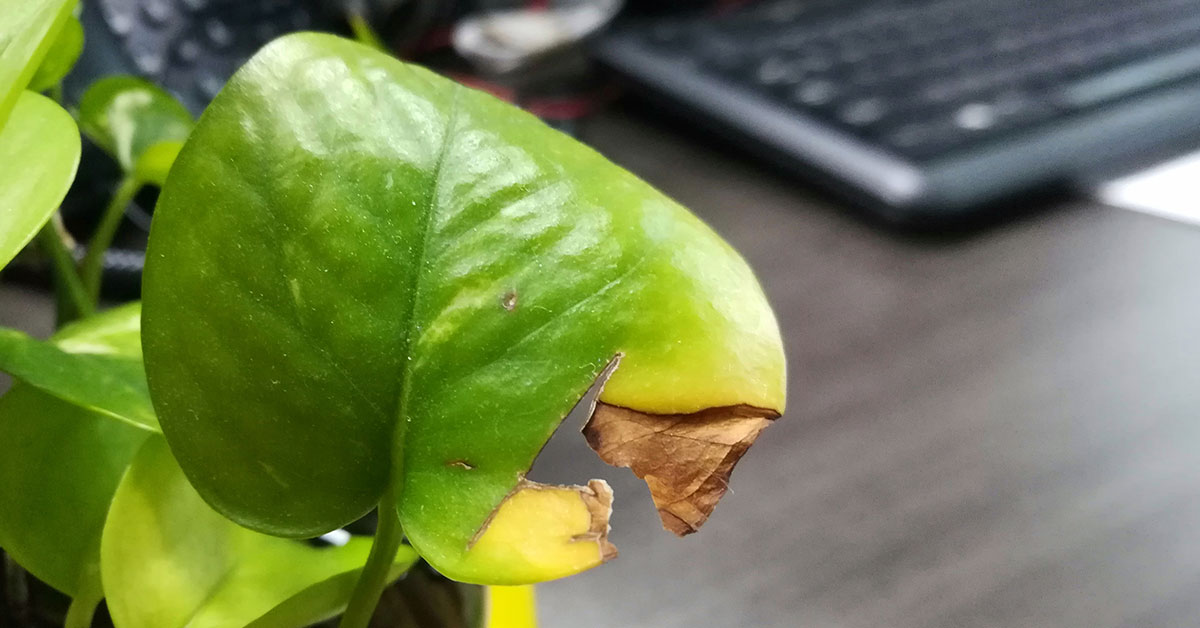Are you a raspberry enthusiast looking to start your own raspberries in the UK? Well, you’ve come to the right place! As an experienced gardener, I understand the importance of planting at the right time for optimal growth and yield. I
n this article, we will explore the best time to plant raspberries in the UK, taking into consideration the climate and growing conditions specific to this region.
By following these guidelines, you can ensure that your raspberry plants get off to a healthy start and enjoy a bountiful harvest for years to come. So, grab your gardening gloves and get ready to learn all about the perfect timing for raspberry planting in the UK!
Best raspberry varieties to grow in the UK
There are several good varieties of raspberries that grow well in the UK. Here are some popular choices:
- ‘Autumn Bliss’: This variety produces sweet, juicy berries in late summer and early autumn. It is known for its excellent flavor and is one of the most widely grown raspberries in the UK.
- ‘Glen Ample’: This variety is a heavy cropper, producing large, firm berries with a sweet flavor. It is disease resistant and can tolerate a wide range of growing conditions.
- ‘Malling Jewel’: This variety is known for its high yields and excellent flavor. The berries are medium-sized, bright red, and have a sweet taste. It is a reliable and popular choice for home gardeners.
- ‘Tulameen’: This variety is prized for its large, flavorful berries. It has a strong and upright growth habit, making it easy to manage and harvest. Tulameen raspberries are delicious eaten fresh or used in jams and desserts.
- ‘Joan J’: This variety is a primocane raspberry, meaning it produces fruit on both first-year and second-year canes. It has a slightly tart flavor and is excellent for both fresh eating and cooking. Joan J is also known for its disease resistance.
Remember to choose varieties that are well-suited to your local climate and soil conditions. It’s always a good idea to ask for advice at your local garden center or nursery to ensure you select the best raspberry variety for your specific needs.
When to plant raspberries in the UK
In the United Kingdom, the hardiness zones are defined by the Royal Horticultural Society (RHS) as a way of categorizing the climatic conditions across the country. These zones provide valuable information to gardeners, helping them determine which plants are most suitable for their specific region.
The UK is divided into four primary hardiness zones: H1, H2, H3, and H4. Each zone represents a specific range of minimum winter temperatures.
- H1: This zone is found in the mildest parts of the UK, primarily along the southern coast of England and the western coast of Scotland. Here, minimum winter temperatures generally range from -5°C to 0°C (23°F to 32°F).
- H2: This zone covers the majority of England and Wales, as well as parts of Scotland and Northern Ireland. In H2, minimum winter temperatures range from -5°C to -1°C (23°F to 30°F).
- H3: This zone includes the central and eastern parts of England, along with parts of Scotland and Wales. Minimum winter temperatures in H3 range from -10°C to -5°C (14°F to 23°F).
- H4: This is the coldest zone in the UK and is mainly found in upland areas of Scotland and northern England. Minimum winter temperatures in H4 can drop below -10°C (14°F).
Now, let’s talk about planting raspberries in the UK. Raspberries are generally considered hardy plants and can be successfully grown in most parts of the country. The best time to plant raspberries in the UK is during the dormant season, which typically falls between November and March. Planting during this period allows the roots to establish themselves before the growing season begins.
However, it’s important to note that specific timing can vary depending on your location and the variety of raspberry you intend to plant. It is advisable to check with your local garden center or consult the instructions provided by the raspberry plant supplier to determine the optimal planting time for your specific area.
Additionally, raspberries prefer well-drained soil that is rich in organic matter. They thrive in full sun or partial shade and require regular watering, particularly during dry spells. When planting raspberries, ensure you provide adequate space between plants to allow for air circulation and minimize the risk of disease.
By taking into consideration the hardiness zones and planting guidelines, you can enhance your chances of successfully growing raspberries in the UK and enjoy the delicious fruits they produce.
When to harvest raspberries in the UK
The optimal time to harvest raspberries in the UK is typically from mid-summer to early autumn, between July and September. The exact timing can vary depending on the variety of raspberry you are growing and the weather conditions in your specific location. It is important to monitor your raspberries closely and pick them when they are fully ripe. Ripe raspberries should be firm, plump, and easily detach from the plant when gently pulled.
Other considerations
When growing raspberries in the UK, there are several additional considerations to keep in mind:
- Climate: Raspberries thrive in cool, temperate climates. They prefer a mild summer and cold winter, making the UK an ideal location for growing them. However, it is important to choose raspberry varieties that are suitable for your specific region within the UK.
- Soil: Raspberries prefer well-drained soil with a slightly acidic pH ranging from 5.5 to 6.5. Prior to planting, it is recommended to improve the soil by incorporating organic matter, such as compost or well-rotted manure. This helps with moisture retention and nutrient availability.
- Sunlight: Raspberries require full sun exposure to produce abundant fruit. Choose a location in your garden that receives at least 6-8 hours of direct sunlight each day.
- Watering: Raspberries need consistent moisture, especially during the fruiting season. It is important to water them regularly, ensuring the soil remains evenly moist but not waterlogged. Consider using a drip irrigation system or soaker hoses to deliver water directly to the roots and reduce the risk of fungal diseases.
- Pruning: Raspberries are perennial plants that produce fruit on second-year canes. To maintain healthy growth and maximize fruit production, proper pruning is essential. Remove dead or damaged canes in late winter or early spring, and thin out overcrowded canes to allow sufficient airflow and sunlight penetration.
- Support: Raspberries are often grown on a support structure to keep the canes upright and facilitate harvesting. Common methods include trellises, fences, or wires. Install the support system before planting to avoid damaging the roots later on.
- Pest and Disease Management: Raspberries are susceptible to various pests and diseases, including aphids, raspberry beetles, raspberry cane borers, and fungal infections like powdery mildew and botrytis fruit rot. Monitor your plants regularly, and take proactive measures to control pests and diseases, such as using organic insecticides, practicing good sanitation, and choosing disease-resistant varieties.
- Harvesting: Raspberries are ready to harvest when they are fully ripe, easily detach from the plant with a gentle tug, and have a deep color. Harvest them in the morning when the fruits are cool, and handle them gently to avoid bruising. Enjoy fresh raspberries immediately or store them in a cool place for a few days.
By considering these factors, you can successfully grow raspberries in the UK and enjoy a bountiful harvest.







